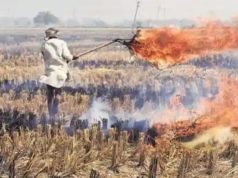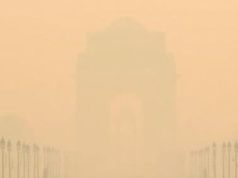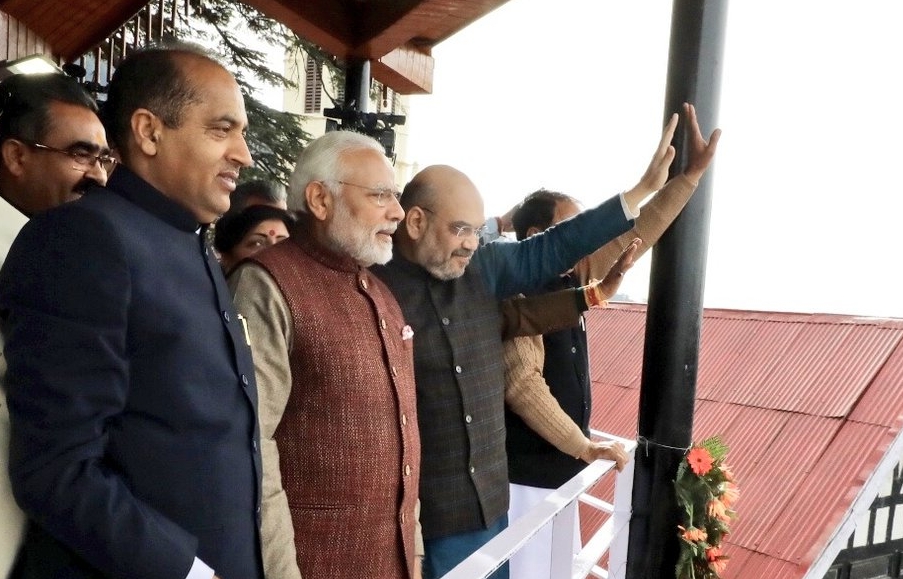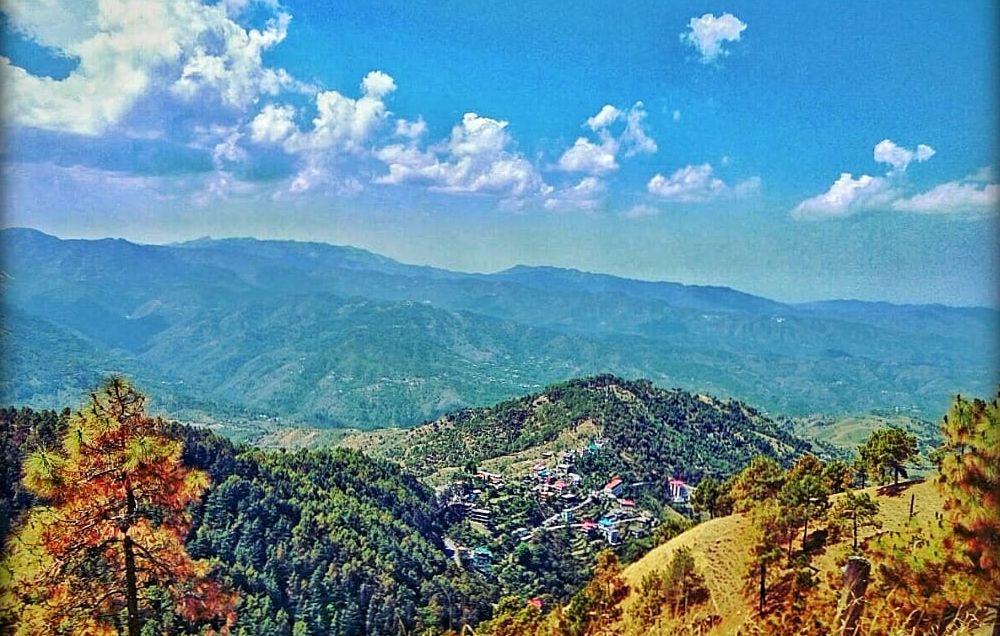Delhi has once again topped the list of India’s most polluted cities in October 2024, according to a recent study by the Centre for Research on Energy and Clean Air (CREA). The capital’s air quality has been steadily declining, with its monthly average PM2.5 concentration reaching a staggering 111 µg/m³—its worst air quality since 2021. Along with Delhi, cities like Ghaziabad, Noida, and Gurgaon have also featured among the top 10 most polluted cities in the country, as the air quality in the National Capital Region (NCR) continues to deteriorate despite several regulatory measures.
Although the Graded Response Action Plan (GRAP) was implemented on October 15, it has done little to curb pollution. Localities such as Anand Vihar and Ashok Vihar recorded AQI levels of over 400, indicating ‘Severe’ air quality, while most other areas in Delhi were close to this mark, reflecting ‘Very Poor’ conditions.
Stubble Burning: A Smaller Contributor Than Perceived
For years, stubble burning in neighbouring states has been blamed for Delhi’s air pollution during the winter months. However, recent data challenges this narrative. According to the Decision Support System for Air Quality Management in Delhi, stubble burning contributed less than 10% to the capital’s PM2.5 levels in October 2024. CREA analyst Manoj Kumar pointed out that transboundary sources, including pollution from neighbouring states, accounted for 60-70% of the capital’s PM2.5 levels.
While the Ministry of Earth Sciences reported a slight increase in the contribution of stubble burning to air pollution after October 21, experts say it remains a minor factor in Delhi’s overall pollution problem. The heightened focus on stubble burning has overshadowed the real culprits—year-round pollution sources within Delhi itself. Sunil Dahiya, Founder and Lead Analyst at Envirocatalysts, emphasized that pollution from vehicles, power plants, and industries, both within Delhi and its surrounding NCR cities, remains the most significant contributor to the capital’s toxic air.
The Real Culprits: Local and Year-Round Pollution
The myth that stubble burning is the primary cause of Delhi’s pollution has diverted attention from more persistent and severe sources of pollution within the city. Vehicular emissions, in particular, are the largest contributor, accounting for around 40% of the city’s overall pollution, according to a study by The Energy and Resources Institute (TERI). The rapid increase in the number of vehicles, particularly diesel-powered trucks and commercial vehicles, has compounded this problem. The city’s insufficient public transport system only exacerbates the reliance on private vehicles, leading to a significant rise in emissions.
Another major issue is construction dust, which contributes approximately 30% of the total particulate matter (PM) pollution. With construction projects ongoing throughout the year, particularly large infrastructure developments, the capital consistently faces high levels of dust in the air. The situation is made worse by industrial emissions from neighbouring cities like Ghaziabad, Sonepat, and Faridabad, where brick kilns and power plants release high levels of pollutants. Additionally, biomass burning in rural areas around Delhi adds to the pollution load, as do the coal-fired power plants that operate in and around the NCR.
Delhi’s geography also plays a role in trapping pollutants. During the winter months, a weather phenomenon known as thermal inversion occurs, where cold air near the ground prevents pollutants from dispersing, causing them to accumulate and further degrade air quality. This results in the infamous winter smog that blankets the city for days or weeks at a time.
The Health Impacts: A Growing Crisis
The effects of Delhi’s air pollution on public health are severe. Studies by the World Health Organization (WHO) have shown that prolonged exposure to high levels of particulate matter, especially PM2.5, is linked to respiratory diseases such as asthma, bronchitis, and chronic obstructive pulmonary disease (COPD). Hospitals in Delhi report a sharp rise in respiratory-related admissions during high-pollution months. According to data from the All India Institute of Medical Sciences (AIIMS), admissions for respiratory issues increase by nearly 25% during pollution peaks.
Children and the elderly are particularly vulnerable. Studies show that pediatric respiratory illnesses rise significantly during winter months, with children being especially susceptible to the harmful effects of air pollution. Apart from physical health problems, recent research by the Indian Council of Medical Research (ICMR) indicates that air pollution can exacerbate mental health conditions such as anxiety and depression, further complicating the public health crisis in the capital.
Indoor air pollution is another issue that often goes unnoticed. In many homes, particularly in poorer areas, solid fuels like wood and dung cakes are still used for cooking, releasing harmful particulate matter that contributes to indoor pollution. Combined with the already toxic outdoor air, this creates a dangerous cycle of continuous exposure to harmful pollutants.
Insights from Research: Comprehensive Solutions Required
Experts agree that focusing solely on stubble burning will not resolve Delhi’s pollution crisis. Research by the Indian Institute of Tropical Meteorology (IITM) highlights the need for comprehensive measures that address multiple pollution sources simultaneously. Immediate steps include transitioning to cleaner energy sources for both industries and households, improving public transportation to reduce vehicular emissions, and enforcing stricter regulations on construction dust and industrial emissions.
Expanding the city’s green cover through afforestation programs and the development of more parks and green spaces can also help mitigate pollution levels by naturally filtering particulate matter. Moreover, public awareness campaigns that encourage citizens to reduce waste burning, switch to electric vehicles, and adopt environmentally friendly practices can play a vital role in curbing air pollution at an individual level.
Delhi’s Air Quality in Context
In stark contrast to Delhi’s struggles, some Indian cities have managed to maintain significantly better air quality. Aizawl, the capital of Mizoram, emerged as India’s cleanest city in October 2024, with an average PM2.5 level of just 6 µg/m³. Other cities in southern states like Karnataka and Tamil Nadu also performed well, largely due to favorable climatic conditions brought by the southwest and northeast monsoons.
The Path Ahead: Urgent Action Needed
Delhi’s air pollution crisis is not insurmountable, but it requires sustained efforts from both policymakers and citizens. While the seasonal spikes caused by stubble burning should be addressed, long-term strategies must focus on reducing emissions from vehicles, industries, and construction. Proper enforcement of existing laws, investment in cleaner technologies, and enhancing public transport infrastructure are essential steps to reduce pollution levels in the capital.
To comprehensively address the crisis, experts recommend immediate steps such as transitioning to cleaner energy sources, reducing vehicular emissions through enhanced public transport options, enforcing stricter industrial emission standards, and promoting green building practices that reduce dust from construction. Public awareness campaigns targeting the use of cleaner cooking fuels and air purifiers can also mitigate indoor pollution exposure. Furthermore, expanding the green cover within the city could help reduce particulate matter by acting as a natural air purifier.
Lastly, while Delhi’s pollution problem is multi-faceted and requires concerted efforts from both local authorities and the central government, individuals too have a role to play by minimizing personal vehicle use, avoiding waste burning, and adopting environmentally friendly habits.
The path to cleaner air for Delhi is complex, but with sustained political will, effective regulations, and active citizen participation, there is hope for a future where the capital’s residents can finally breathe clean air year-round.
With millions of lives at stake, the time for action is now. Cleaner air for Delhi is not just a distant goal but a necessity that demands urgent attention from both government authorities and the public. By tackling the true causes of pollution and busting the myths surrounding stubble burning, there is hope that the city can eventually breathe freely again.







